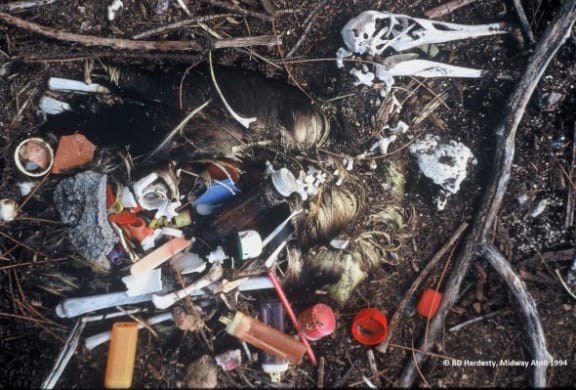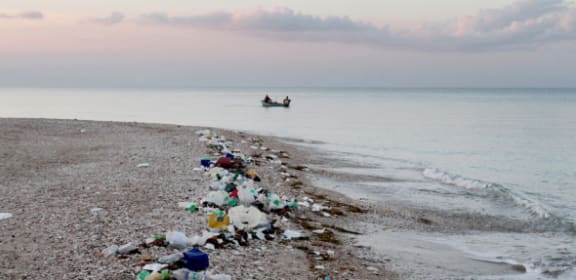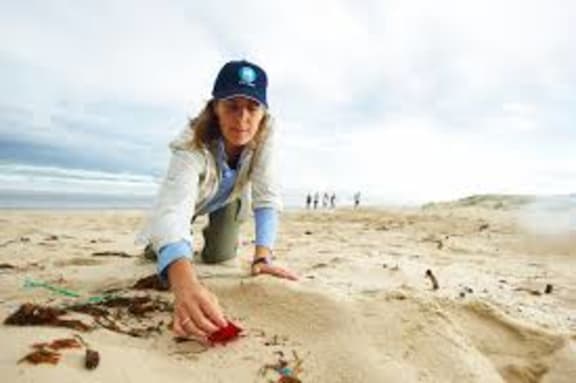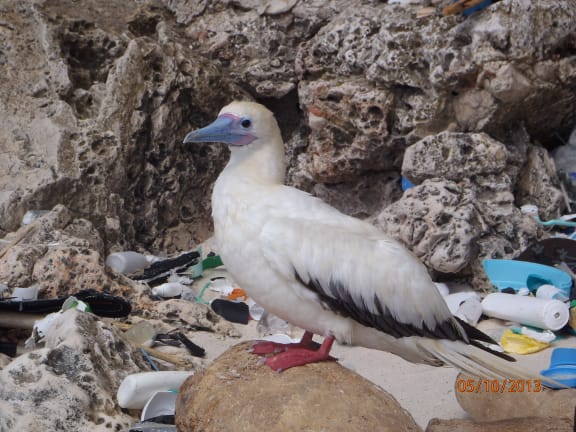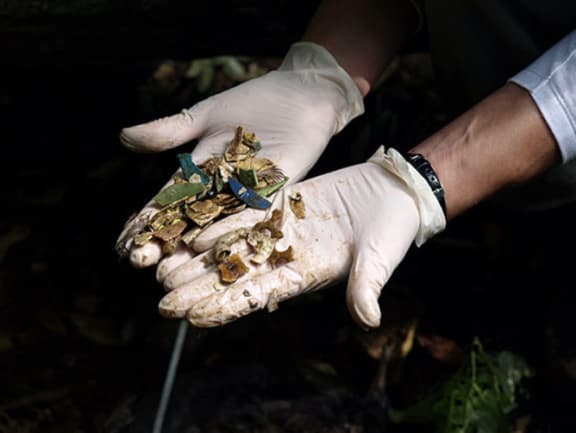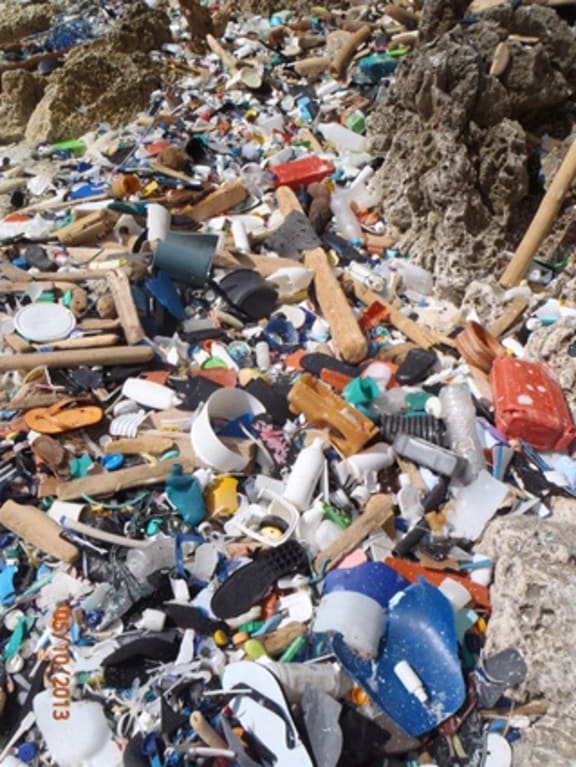Solving the problem of plastic pollution will take more than a technological solution, says a scientist who discovered 90 percent of the world's seabirds have plastic in their system.
See a gallery of plastic waste in the world's oceans here
A new study from the Tasmania based Commonwealth Scientific and Industrial Research Organisation, released this week, used computer modelling to look at how badly seabirds were being affected as more and more plastic goes into the ocean.
It found that 90 percent of seabirds had pieces of plastic in their stomachs, and that almost every one will be consuming it by 2050.
Study co-author Dr Denise Hardesty told Nine To Noon today those numbers were "astronomical" and much higher than previously thought.
The figure was reached through the use of previous scientific studies and a new method that allowed researchers to swab directly from a seabird's oil gland of a seabird and pick up whether it had plastic in its system.
Having carried out examinations of thousands of dead seabirds over decades of research, Dr Hardesty said she regularly found plastic debris inside them.
"I've found everything from plastic balloons to entire glowsticks to bottle caps, and often hard shards of unidentified plastic. Everything in size from your index finger to little tiny bits you can hardly see with the human eye."
She said the birds could pick up the plastic from scavenging, or through eating fish eggs that had settled on plastic items. Plastic is also in the food chain, and could be found in creatures as small as plankton, which are eaten by fish which are then eaten by seabirds.
The ingested plastic can led to birds starving themselves because the plastic made them feel full, and could see them affected by the toxins that plastic products soaked up.
With the rate of plastic production increasing around the world, Dr Hardesty said it was here to stay because it was so useful in many industries, and that it would take an attitude change on the part of everybody to help solve the issue.
"Perhaps we need to add value to plastic, so it's not just thrown away so easily and will come back into use and be recycled, in addition to technological solutions to plastic pollution."
While a global issue, Dr Hardesty said the plastic seen in New Zealand waters was likely to be locally produced.
"We have been doing work on litter along the Australian coastline, and generally speaking, litter tends to stay local. It stays near the shore before eventually going out to the ocean. So we might like to think it's coming from somewhere else, but it's not."
